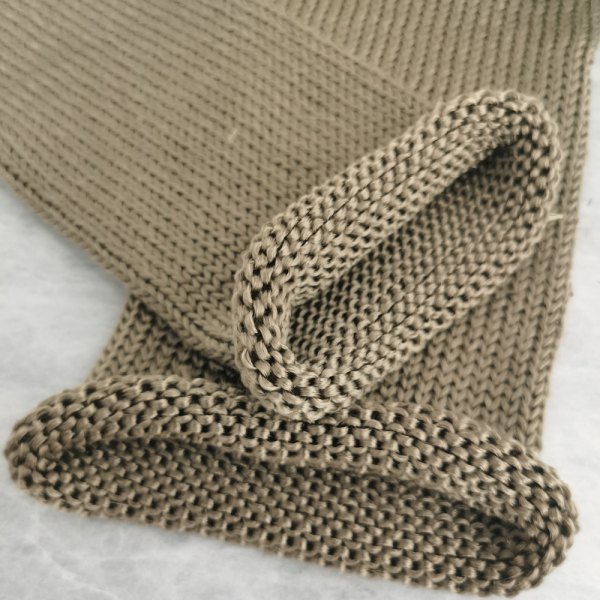Using braided or knitted basalt sleeve for exhaust pipe insulation offers several performance and durability advantages, especially in high-heat, high-stress environments. Here's why they're commonly chosen:

| Feature | Braided Basalt Sleeve | Knitted Basalt Sleeve |
| Flexibility | Moderate | High |
| Abrasion resistance | Excellent | Good |
| Stretch/expandability | Low | High |
| Best for | Straight pipes, rugged environments | Curved/bent pipes, dynamic components |
Basalt fibers withstand continuous temperatures of up to 1,000°C (1,832°F) without melting or emitting toxic fumes.
This makes them ideal for direct contact with exhaust pipes and headers, which can reach extreme temperatures during operation.
Both braided and knitted basalt sleeves reduce radiant heat from the exhaust, helping to:
Keep engine compartments cooler.
Protect nearby components like hoses, wires, and sensors from heat damage.
Improve turbocharger efficiency by maintaining higher exhaust gas temperatures within the pipe (which improves flow velocity).
Braided sleeves provide a tighter, more rigid structure, making them ideal for:
High-abrasion zones.
Fixed pipes or components with minimal movement.
Knitted sleeves offer superior flexibility, making them well-suited for:
Pipes with bends or movement.
Applications needing expansion/contraction accommodation.
Basalt is naturally non-combustible, and it resists:
Fuel, oil, and coolant splashes.
Corrosive exhaust gases and road salts.
Resistant to UV rays, moisture, and mechanical wear.
Will not rot or degrade over time, even in marine or off-road conditions.
Both sleeve types are slip-on designs and can be cut to length easily.
Knitted sleeves, due to their stretchability, are easier to install over irregular shapes or bends.
Automotive and motorcycle exhausts
Industrial generators and turbines
Off-road vehicles (desert racing, rock crawling)
Marine engine manifolds